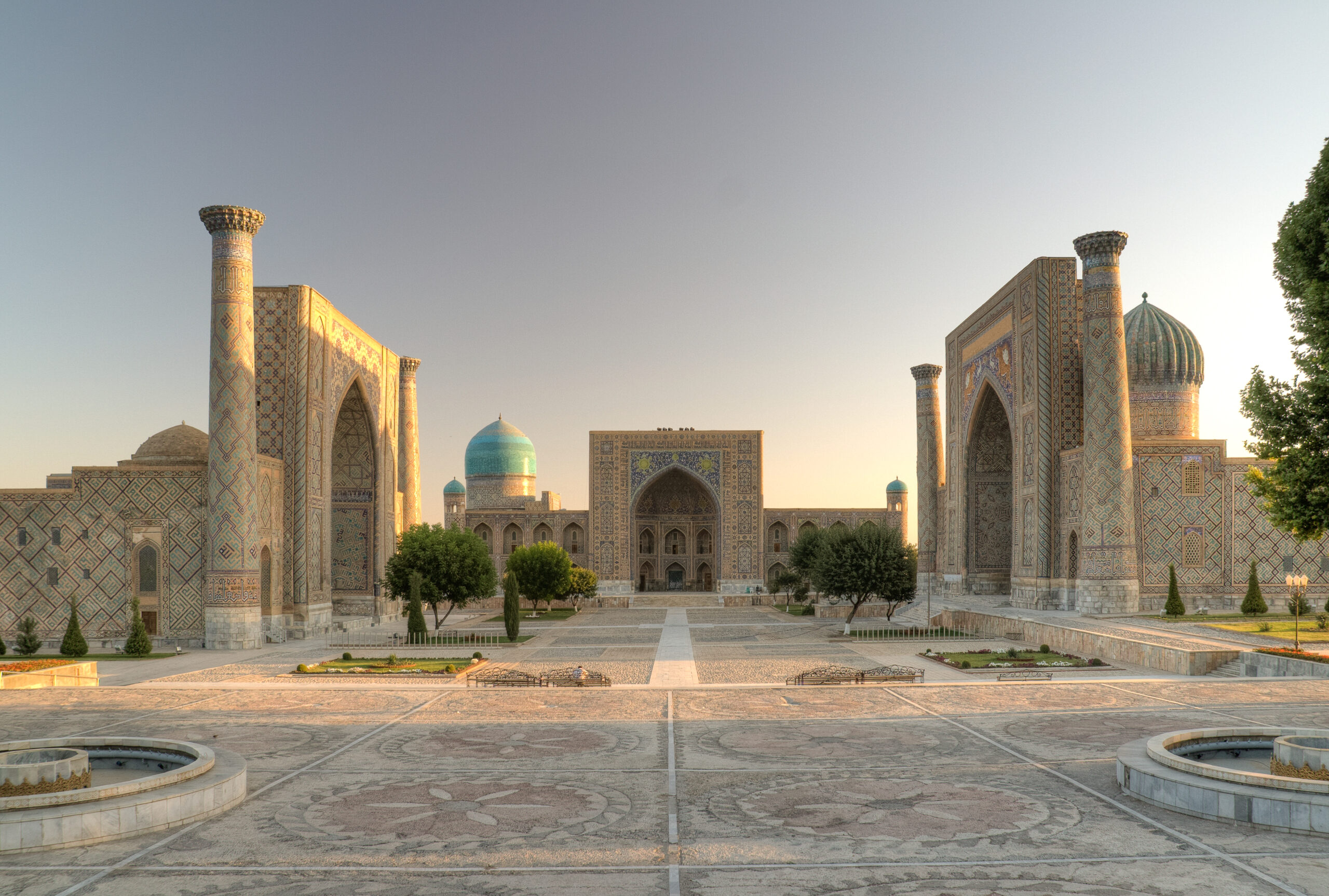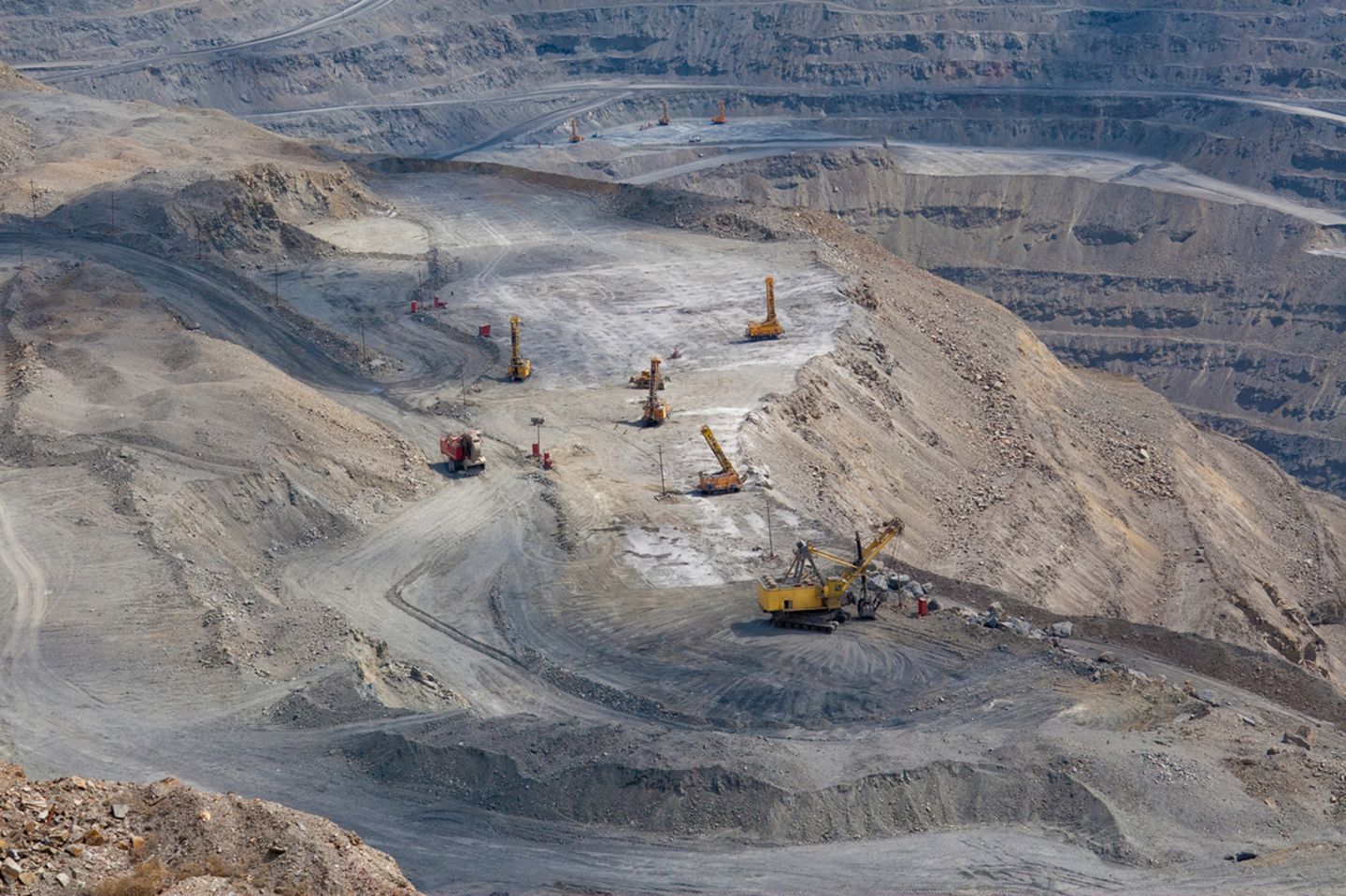A HISTORICAL CENTRE OF COMMERCE
There are few regions with as rich a history as Central Asia. It was the key intersection on the Old Silk Roads with its economic and cultural significance evident by not only its centrality to all three of the greatest conquerors in history – Amir Timur, Genghis Khan and Alexander the Great – but to some of Islam’s greatest scholars – Iman Al Bukhari, Ibn Sina and Mohammed Al-khwarzani. In many ways, it is the heart of Eurasia.
The world works in cycles and 40 Capital expects the region to experience a new upward cycle based on a young dynamic population, the development of the New Land Silk Roads and its deep bench of natural resources. The latter includes some of the most exciting precious metal and rare earth deposits and arguably some of the cheapest green power in the world.


DEMOGRAPHICS
The Belt and Road initiative is perhaps the largest single infrastructure plan undertaken in a century. The road and railway being built as a result will flow through the region opening it up for both commerce and local manufacturing industry to feed into the wider Eurasian economy. The North/South flows to Afghanistan and the India Sub-continent are often forgotten and will be perhaps as important as the East/West.
A REGION RICH IN NATURAL RESOURCES
Kazakhstan oil, gas and uranium production are relatively well known. The rest of the region however is also energy independent (Uzbekistan and Turkmenstan have gas, Kyrgyzstan and Tajikistan – Hydro) and with substantial agricultural potential and substantial gold reserves and other minerals. 40 Capital is currently focused on Hydro projects which it believes offer some of the best economics of any green energy on the planet.
Uzbekistan’s Murmuntau mine is the largest (and arguably the cheapest) in the world while the Kumtor mine in Kyrgyzstan was consistently ranked at the bottom of the cost curve on publicly quoted gold mines. There remains substantial undeveloped high quality deposits across the region, providing hard long term currency to finance the region’s development.


THE NEW SILK ROAD
The Belt and Road initiative is perhaps the largest single infrastructure plan undertaken in a century. The road and railway being built as a result will flow through the region opening it up for both commerce and local manufacturing industry to feed into the wider Eurasian economy. The North/South flows to Afghanistan and the India Sub-continent are often forgotten and will be perhaps as important as the East/West.
MINIMUM LEVERAGE & GOLD-BACKED
Cheap and devalued currencies. The local currencies have historically tracked the rouble and have hence a geopolitical discount since early 2010s (c.50-75% of PPP), a situation not helped by little integration with the global monetary system. However, this has left the economies with little leverage and some of the most best hard asset backed currencies in the world.
Uzbekistan’s current GDP for instance is c.$65bn with c.$20bn of gold reserves and c.$10bn of dollar reserves. It only has $30bn of debt, of which $*bn is in state corporation and $*bn long term development loans (greater than 10 years). Given that there is also an estimated 2000-6000 tonnes of cheap recoverable gold (c.$120-360bn) in the ground, the country’s mid-teen nominal and c.4-6% real interest rates are perhaps the most attractive fundamental fixed income instrument.

